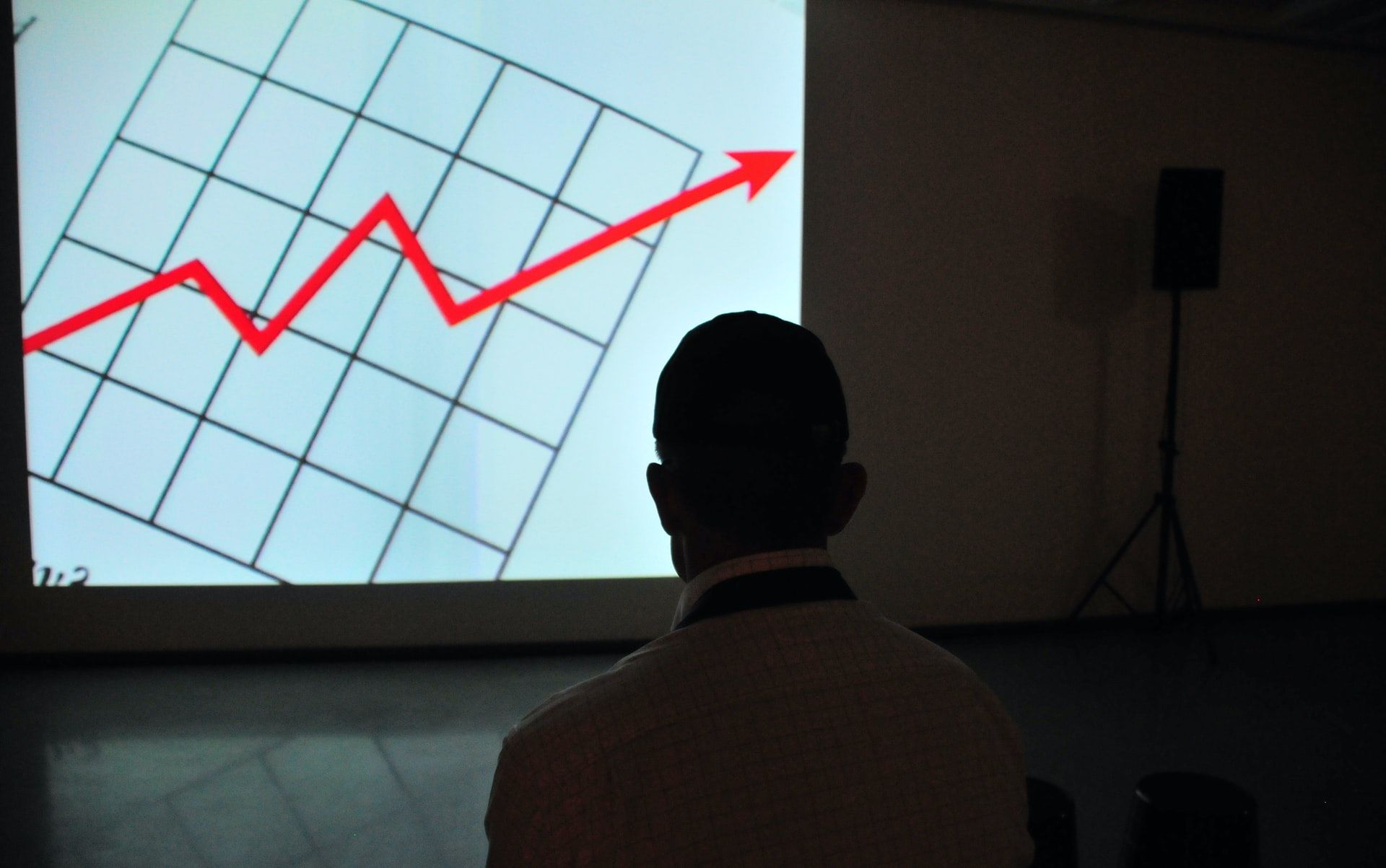
Local Journalism Is the Blockchain Security Model for Politics and Culture
At JournoDAO, we are often asked, “What does journalism have to do with web3 and crypto?” Well, there is actually a deep alignment between the purpose of journalism and the purpose of decentralization and the blockchain consensus model.
In blockchain terms, journalists are like network validators. Especially journalists on the local/regional level.
Journalists verify statements and engage in cultural sense-making for their communities so that a large number of people can reach consensus about what has happened. About what is true for the community regardless of what people outside the community believe. What the community values and who is helping the community achieve those values. It’s not as clear cut or as simple as that, but in aggregate this is generally the case.
With this framing in mind, we could say that the US has undergone a ‘51% Attack’ in the preceding decades. National media conglomerates bought up local papers, radio stations, billboards, etc. and homogenized our shared culture. The papers and news orgs that were not bought went out of business in record numbers. Our validators were either purchased or shut down.
A 51% attack refers to an attack on a blockchain ... by a group of miners controlling more than 50% of the network's mining hash rate or computing power ... Attackers with majority control of the network can interrupt the recording of new blocks by preventing other miners from completing blocks. – Investopedia
These new economics devalued regional stories and news. When local news caught the attention of the conglomerates, it was often processed into trite media snacks for a national audience. A particular flavor of culture and news found its way everywhere in the US like a fast food chain’s menu. News deserts emerged along with food deserts.
The Hack of the Century
In a blockchain, the advantage to a successful 51% attack is the ability to decide what is true. The entire network must now accept the attackers' version of reality in order to continue to participate. The primary reason to acquire this power is, of course, to make the attackers rich.
In this sense, the corporate media model has successfully pulled off this attack on our sense-making infrastructure. Not as a single entity with agency, not intentionally or with malice, but as a group of similarly modeled businesses simply following the incentives of the economy.
Over the past decades, these businesses became machines that were increasingly optimized to turn human attention into capital and power. Memes that used to bind us together became commoditized. Helping out the less fortunate became handing them a Coke. Commerce interjected itself between all meaningful human interaction in order to take a percentage of whatever grabbed our attention. Our collective feeling of unity faded. The emergent security of our cultural and political network wasted away without local communities to support it.

Why was this network security important? Why should we return to it and make it even better?
Retail Influence
When a centralized attention marketplace can push messages to the edge of the network, to people like you and me, then there will always be buyers that push their message. Brands, PACs, and other orgs can pay to have their messages presented to us in increasingly coercive ways. Making ads look like search results, targeting our psychological weaknesses on Facebook, buying up media companies for themselves, etc.
Corporations talk to us directly, bypassing any filtering by communities that help us evaluate claims based on our preexisting goals and priorities. In some cases the coercion even makes us feel good about supporting something that in reality has the opposite effect that we want. A community’s potential objections and validations are not represented or seen by the rest of the network. Sometimes critiques are not even surfaced within the community itself.
It's easier and easier for external buyers to influence and control local issues. Earnest policies and ideas with broad appeal but no financial backing are easy to quash if they harm business objectives. Representatives in government must be malleable to business influence or be outspent by orders of magnitude in elections.

Validation at the Edges
In theory this external influence should be mitigated by regional journalists. People who understand the priorities of the community and can sensibly map messaging to reality. They can be trusted by the community because they are rewarded when they protect the community's interests and not when they perpetuate external strategic messages.
But our current reality is quite the opposite. Journalists are increasingly pressured to prioritize attention over utility, which opens the door to external influence.
Oftentimes we wait for the market to correct problems like this. If it’s such a bad result, surely consumers will move on to better products. In this case, better information sources. The nature of this particular product, however, directly erodes and distorts the information on which the consumer is making their decision. It also aggressively manipulates the other options available.
When media optimizes for attention rather than truth, the only product differentiation that makes sense is to move away from nuance, complexity, and unity, and move towards something more akin to conspiracy theories. Simple answers for the world’s frustratingly chaotic and complex outcomes. The Stuff They’re Not Telling You™. Opinions and emotions are far more profitable, and therefore widespread, than useful information.

The best examples of these market mechanics playing out are YouTube and Facebook – places where the rightful suspicion of homogeneous media found a wolf in sheep’s clothing.
The amount and scope of the problems this created is impossible to overstate. As a nation we have become incapable of coordinating on anything that doesn’t lead to accelerating exponential corporate profits.
Decentralization Leads to Unity
We need to build back our validators. We need to support them economically for the true value they provide instead of allowing them to be bribed for pennies. It has to be a good financial decision to be a validator. The network must be redesigned to prioritize security through decentralization.
That’s why JournoDAO has come to life in the age of web3. We see the connections between the tech and the culture. The game theory and the role of journalism. The positive sum mechanics and properly incentivizing the true value creators.
We are taking bold actions, like crowdfunding the purchase of a local newspaper to give back control to the community it serves.
The attackers have overplayed their hand and have made the whole network so toxic that many of us are ready for a hard fork. We’re ready for a world where we understand that we are all 95% the same and that we can civilly debate the remaining 5%. Our systems of coordination have pitted us all against each other and they need to be dismantled while we build unifying ones in parallel.
Web3 is about all of us working together to achieve our common goals. If we don’t have decentralized sense-making then we will always be receiving information from a relatively centralized cartel that has its own self-interested agenda. This centralized cartel will always be incentivized to tell us to fight amongst ourselves so that the real threat is never identified. So that we can never unify against it. So that we can’t even see that the attack has happened.
Ironically, we must decentralize in order to unite. This is because our union can only be an emergent property of a healthy system, not a centrally coordinated or orchestrated effort. When we reinstate and bolster our validators, we will have such a system, and we can all get back to building towards the ideals that this country was founded on.
Let’s bring back local journalism. Come be a part of the solution at JournoDAO.
Cover image by AbsolutVision on Unsplash
